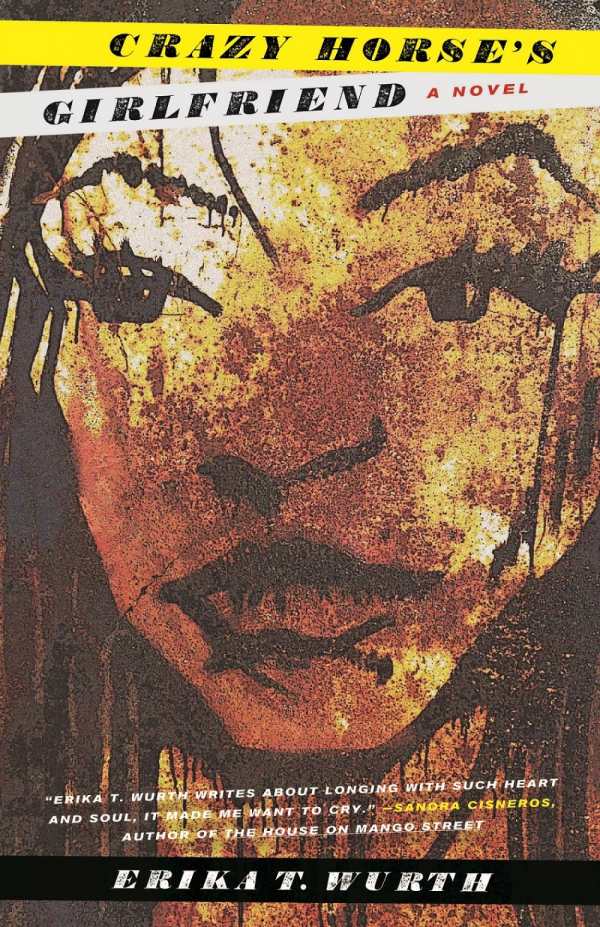Crazy Horse's Girlfriend
Wurth captures the violence and terrifying instability of domestic abuse with gritty language and emotional appeal.
Crazy Horse’s Girlfriend, the first novel by Erika T. Wurth, grabs hold of the reader like a raging fever and does not let go until he or she is nearly exhausted and wrung out and, strangely, refreshed at the same time. It is an arresting piece of writing.
Wurth is not just a storyteller; she drags the reader into the heat of the action like a bystander caught up in a street crime. This is the tale of teenagers, young adults, and parents too, adrift in a world gone mad on account of booze, drugs, sex, and intense longing for something better. The lead character, sixteen-year-old Margaritte, is part Native American, struggling to stay in school, and working part-time with her cousin, Jake, as a drug dealer. Even her lineage is complicated: “My family is Apache, Chickasaw, Cherokee and white.”
Margaritte’s father is an alcoholic who, when drunk, hits her and her mother. At one point, he drunkenly brandishes a gun such that she, her mother, and her younger twin sisters flee home, seeking shelter in a motel for their own safety. Wurth captures the violence and terrifying instability of the situation. As Margaritte leaves the house, her father standing there with his gun, she says, “I didn’t know whether he would shoot, or put the gun down, or whether he would shoot and miss, or hit … but I could feel his anger and loneliness mixing behind me and moving out towards us.”
Wurth has populated this small town not far from Denver with unusual characters who have big dreams. Getting out of town to someplace better is a constant theme. Crazy Horse’s Girlfriend takes the reader into this murky world of drifting teenagers, using terse and realistic language (the operative word is “fuck” and its variations).
In the end, readers will care about these people and what happens to them. Wurth teaches creative writing at Western Illinois University and was a writer-in-residence at the Institute of American Indian Arts.
Reviewed by
John Senger
Disclosure: This article is not an endorsement, but a review. The publisher of this book provided free copies of the book to have their book reviewed by a professional reviewer. No fee was paid by the publisher for this review. Foreword Reviews only recommends books that we love. Foreword Magazine, Inc. is disclosing this in accordance with the Federal Trade Commission’s 16 CFR, Part 255.

